Today’s blog is a redo of the one I wrote more than five years ago (same title). It was back in the days when I limited my blogs to six hundred words and very few images. The topic was very popular, and I received many friendly comments. So, I decided to “reprint” it albeit in an expanded version with more images. The story is very uplifting, and I hope you enjoy reading it.
I wrote the original blog shortly after reading a BBC article about the death of Sir Nicholas Winton. It was one of the few positive stories surrounded by the horrors of Hitler and the Third Reich. As you will see, the children that Winton and others saved were a mere fraction of those murdered by the Nazis during the twelve years of the Third Reich.
Make sure you read the section “Someone is Commenting on Our Blogs.”
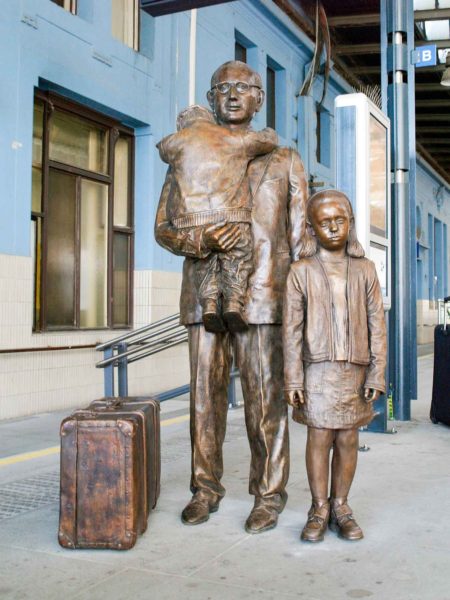
Did You Know?
Did you know that baboons in ancient Egypt were sacred? They were prevalent in Egyptian art and religion often appearing on statues, jewelry, and temple artwork. They may have also been household pets in addition to working for the police, harvesting fruit, and being associated with the royal tombs. But did you also know that baboons were not native to Egypt? The remains of two baboons were discovered in the bowels of the British Museum. They were mummified in the popular pose often seen in ancient Egyptian art: a seated or squatting pose. They had originally been found at the Temple of Khons and taken back to England in the early 1800s. A Dartmouth College primatologist analyzed the remains to try and determine where the baboons came from. It’s complicated (at least to me) but suffice it to say, stuff taken from the skulls was used to pinpoint where the baboons had been born. Sure enough, the monkeys were brought to Egypt from an area that overlaps with modern-day Ethiopia, Eritrea, Djibouti, and parts of Somalia and Yemen (I’m sure these are all popular cruise ship stops). So, the baboon went from being an imported luxury item to immigrant worker to sacred guard dog to royal pet, and finally, given a quasi-divine status (Thoth, a god of the moon, had a baboon-head⏤among others).
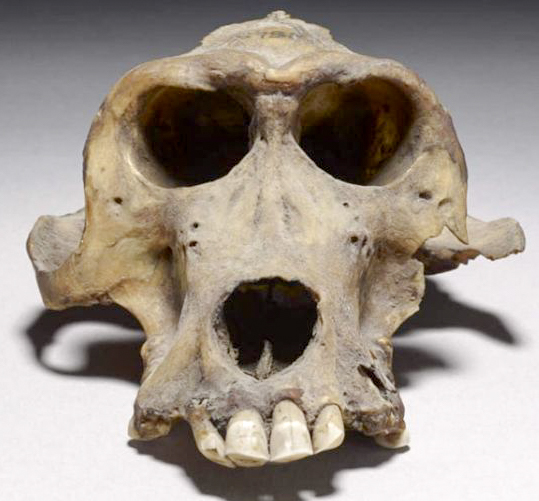
You may want to re-visit my blog, “Cleopatra in Paris and the Full-Frontal Baboons” (click here to read the blog) to learn more about ancient Egyptian baboons and why the French government would not allow the pedestal of the Egyptian Obelisk to be located in the place de la Concorde (hint: it was the baboons).
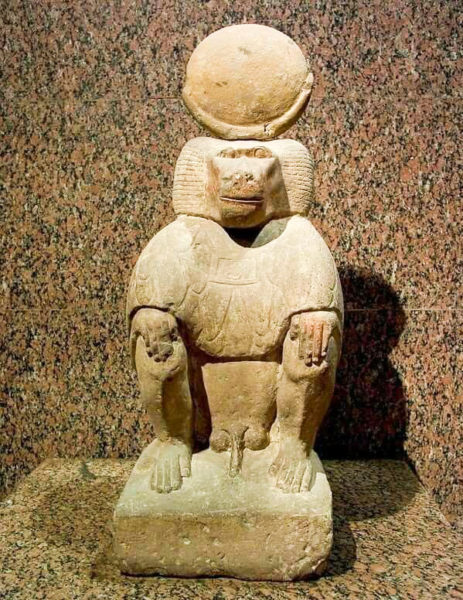
Nicholas Winton
Sir Nicholas Winton, MBE (1909−2015) was born in Hampstead, London to German-Jewish parents who emigrated to Britain in 1907. The family name, Wertheim, was changed to Winton and they converted to Christianity. Winton followed his father into the finance industry and spent many years as a banker in Germany and France before returning to England in the 1930s to work as a broker on the London Stock Exchange. Despite his capitalist surroundings, Winton was a die-hard Socialist and concerned about the rise of Fascism in Germany under Hitler and in Italy under Mussolini. He was also an adamant opponent of appeasement.
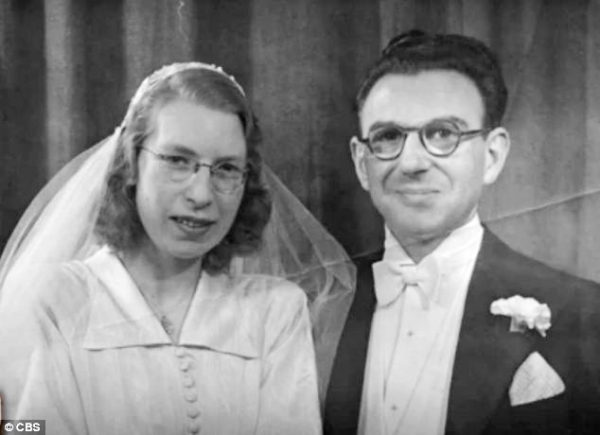
“Peace In Our Time”
In September 1938, France and England agreed to the Munich Agreement allowing Germany to occupy the Sudetenland, a portion of Czechoslovakia⏤as part of Hitler’s Lebensraum, or expansion policy. Over the next six months, Czechoslovakia was essentially dismembered by Hitler. His intent was to wipe out the Czechoslovakia nationality through assimilation, deportation, or extermination.
Night of the Broken Glass
After a German diplomat was assassinated in the German embassy (Paris) by a seventeen-year-old Polish Jew, the Nazis ordered a pogrom against Jews living in Germany and Austria. On 9-10 November 1938, the Sturmabteilung (SA), or Brownshirts, and German civilians smashed the windows of Jewish-owned businesses, synagogues, and homes. Additionally, Jewish hospitals, schools, and homes were looted before being demolished. More than seven thousand Jewish businesses were damaged or destroyed and thirty thousand Jewish men were arrested and deported to concentration camps. This pogrom became known as Kristallnacht, or the Night of the Broken Glass. It was a window into which a shocked world saw a preview of what was to come and for many, opened their eyes to the Nazi treatment of its German citizens who happened to be Jewish.
Over the Christmas holidays in 1938, Nicholas Winton received a call from his friend, Martin Blake, who was in Prague working with Doreen Warriner (1904−1972), Marie Schmolkova (1893−1940), and the British Committee for Refugees from Czechoslovakia (BCRC). Blake invited Winton to come and see how the BCRC was assisting refugees from the Sudetenland. The BCRC had been concentrating its efforts on assisting people who fell onto Hitler’s “wanted list.” In other words, anyone who criticized him such as Social Democrat politicians, Communists, and intellectuals were targeted. He also told Winton of their efforts to assist in the escape of the children. Winton canceled his ski trip to Switzerland and arrived in Prague on New Year’s Eve to immediately begin interviewing parents at his hotel in Prague’s Wenceslas Square. The twenty-nine-year-old was put in charge of the BCRC’s “Children Section.”
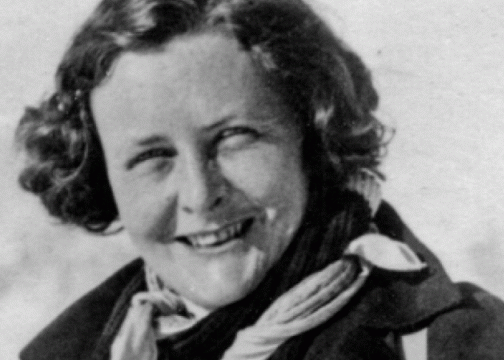
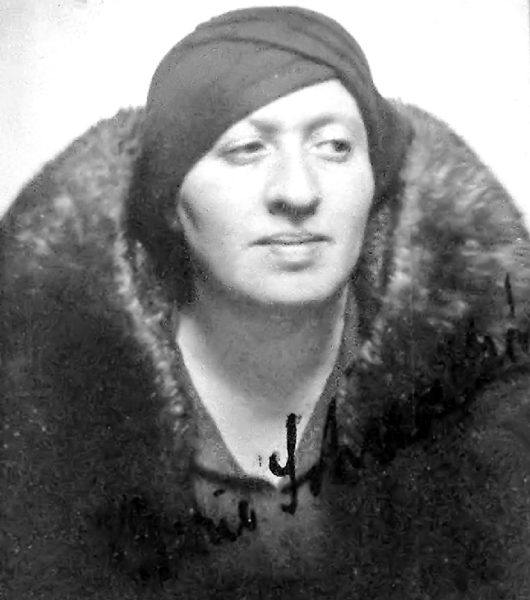
Kindertransport
Kindertransport, or Children Transport refers to the large-scale transportation of thousands of children⏤mainly Jewish⏤from Germany and Austria to England between 1938 and 1939. There are many different Kindertransport stories, but Sir Nicholas coordinated what is called the “Czech and Slovak Kindertransport.” Other transports left from Berlin and Vienna. The first Kindertransport arrived in Harwich, Great Britain on 2 December 1938. It was arranged by a German Jewish organization and two hundred children were delivered from a Jewish orphanage in Berlin. The orphanage had been destroyed during Kristallnacht. Children were selected primarily because their parents were in concentration camps or had been murdered by the Nazis. Priority was given to the homeless children and orphans. The last Kindertransport to England left the Netherlands on 14 May 1940, the day the Dutch army surrendered to the Germans.
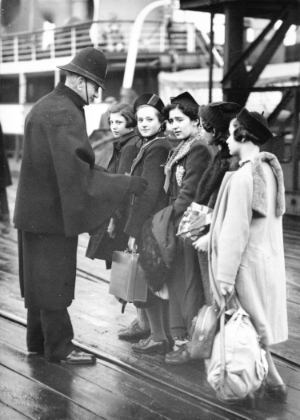
Before Winton joined Blake and Warriner, British-based Jewish agencies had already organized the Kindertransport. Winton used this model to form his efforts in rescuing the children. The goal was to transport the children by train across Germany and into The Netherlands where they would be put on a ship or plane. The Germans refused to allow refugee ships to “clog” their ports.
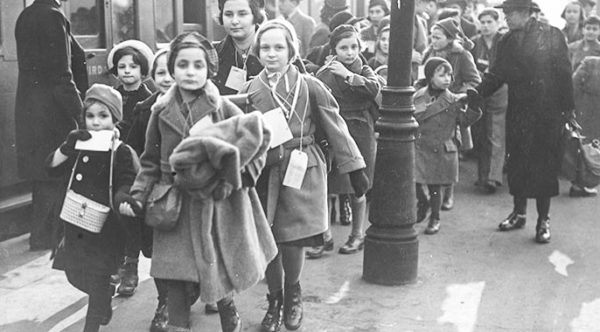
Winton met Trevor Chadwick, an English schoolmaster, who was in Prague to pick up two refugee boys he had agreed to sponsor. After discussing the situation, Chadwick agreed to direct operations from Prague if Winton could obtain British approval to bring unaccompanied refugee children into the UK. Winton’s application to the Home Office was accepted but with a caveat. Each child had to have a foster home waiting for them upon arrival and a £50 guarantee (today, £2,000, or US$2,740). With the help of many people, the transports began.
The first train left the day before the Germans marched into Czechoslovakia. Chadwick had to deal with the Gestapo in order to obtain the necessary exit permits for each group of children. During the summer of 1939, eight “Winton” transports left Prague for England. After the Germans invaded, Doreen and her group fled, afraid they would be arrested for assisting adults to escape. Chadwick soon followed and the transport operation was taken over by British officials in Prague.
International Closed Doors Except Britain
After Kristallnacht, the world was stunned. The British government eased immigration restrictions to allow certain Jewish refugees to enter the country. One of these categories was children under the age of seventeen from Germany, Austria, or Czechoslovakia.
The British program for accepting the children was unique. The United States Congress refused to allow the children into the country. The Wagner-Rogers Bill proposing to admit 20,000 children failed to get out of committee. Other countries closed their doors to the children. It was likely a result of anti-Semitism and anti-immigration policies.
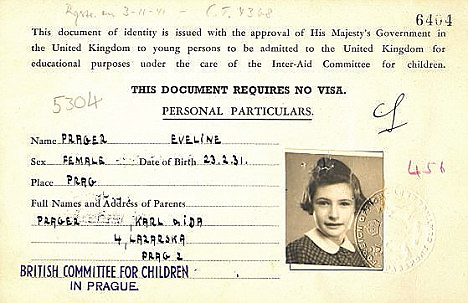
Besides Sir Nicholas and the BCRC, there were many others contributing to saving the lives of thousands of children. The Dutch resistance fighter, Geertruida Wijsmuller-Meijer (1896−1978), was responsible for organizing transports from Vienna and is credited with saving thousands of lives.
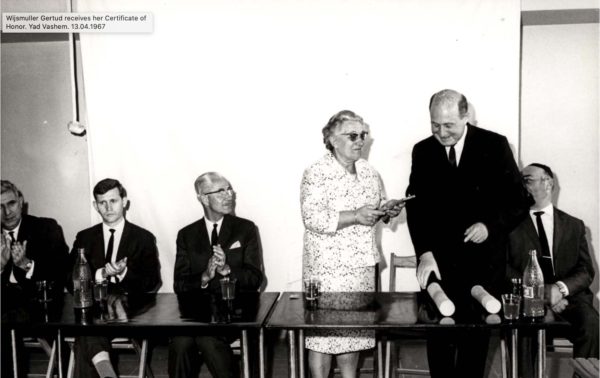
British Homes
When the children arrived in England, they went to London to meet their foster families. Some of the children did not have sponsors and they were placed in a summer camp in Dovercourt Bay until a sponsoring family could be found or hostels were organized to take in large groups of children.
The sponsoring family was responsible for the guarantee payment, the child’s care and education, and eventual emigration from Britain. It was understood that when the “crisis was over,” the children would return to their families. Unfortunately, the families of most of the children perished at the hands of the Nazis. Many of the Jewish parents in Berlin, Vienna, and Prague were afraid to hand their children over to non-Jewish households. They feared the children would be converted to Christianity. Nicholas Winton believed it was better to have a child stay alive and he convinced the parents to send the children to England. For most of the children, the train station was the last time they saw their parents.
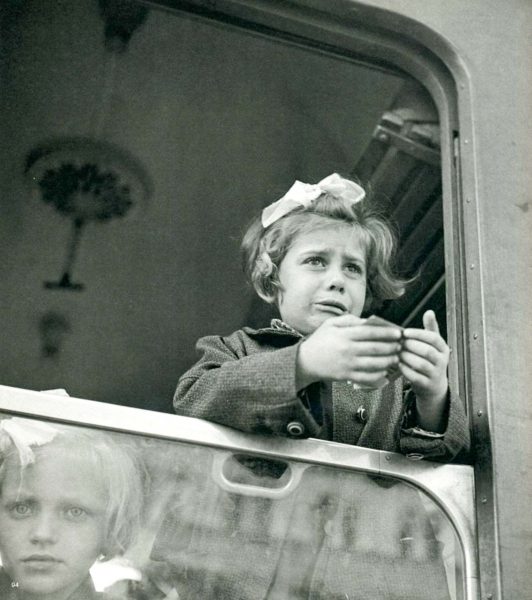
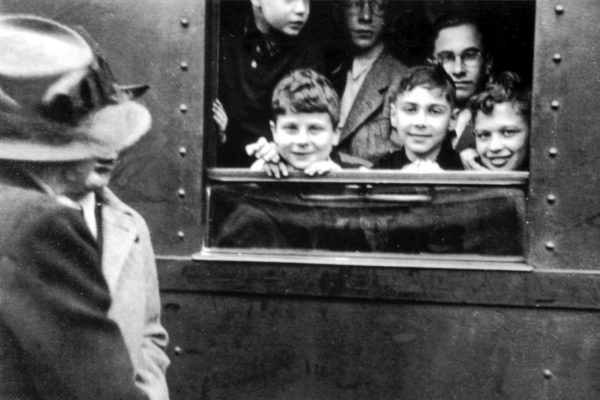
In 1940, the British government interned about one thousand of the children. The children, sixteen or older, were deemed to be “friendly” enemy aliens and were held in internment camps. Despite this, upon reaching the age of eighteen, many of the boys joined the British army and fought in the war.
About ten thousand children were brought to England. Three quarters, or 7,500 were Jewish.
The Last Train
On 1 September 1939, the ninth and last train carrying 250 children was scheduled to leave Prague. This was the day the Germans invaded Poland and World War II began. The train was unable to leave the station and the children were stranded. The children were eventually sent to Auschwitz where only two of them survived the war.
Post -Kindertransport
After the war began, no further transports were feasible. Winton eventually joined the Royal Air Force (RAF) as a night flight trainer. He left the RAF in 1954 with the rank of flight lieutenant.
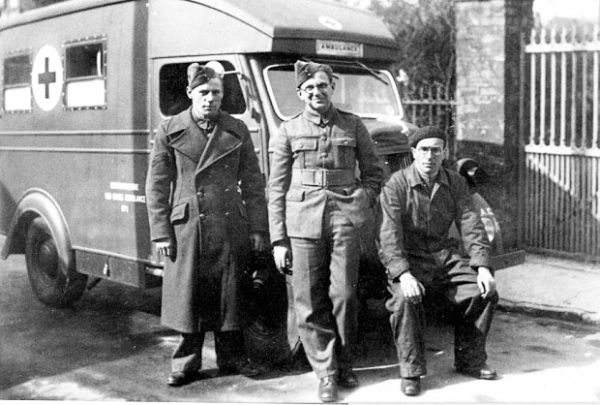
After the transports had ended, someone in the Kindertransport project put together a scrap book of letters, reports, photos, and other documents. It was given to Nicholas Winton as a memento. For fifty years, Winton’s humanitarian actions in 1938 and 1939 never gained any attention. In 1988, his wife found the scrapbook in the attic. The scrapbook was given to a Holocaust researcher and eighty of the children, adults in their 50s, were located in Britain.
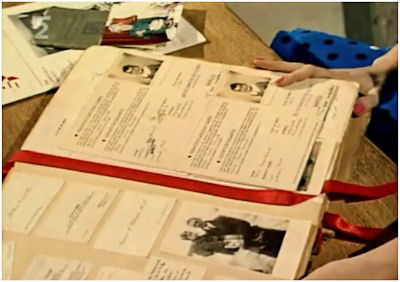
Winton was appointed a Member of the Order of the British Empire (MBE) for his work in establishing the Abbeyfield homes for the elderly. Queen Elizabeth II knighted him in 2003 for “Services to Humanity” as a result of the Czech Kindertransport. These were only two of the many honors bestowed on Sir Nicholas between 1988 and his passing at the age of 106 on 1 July 2015. Statues of Winton stand on the platforms of the Prague rail station where the Kindertransport trains left and Liverpool Street Station, where the children arrived. Sir Nicholas was disqualified by Yad Vashem from being named a “Righteous Among the Nations” because of his Jewish ancestry.
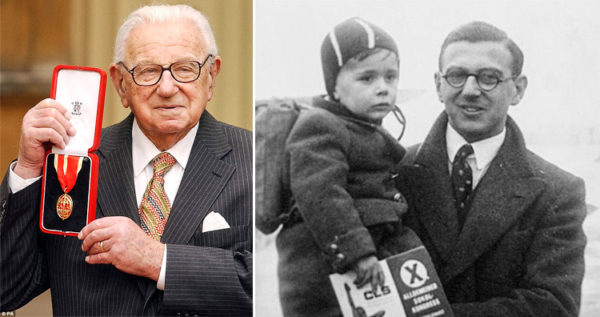
On the right, Nicholas Winton holding Hansi Beck. Hansi will be put on a plane to England. Sadly, the child later died of an inner ear infection. Photo by Pa/PA Archive (c. early 1939). Yad Vashem Photo Archives.
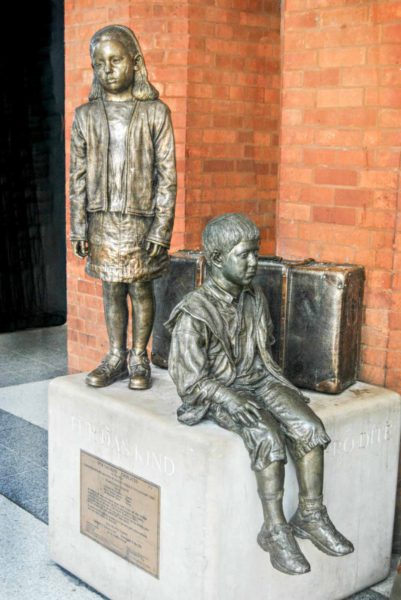
Survivors
Sir Nicholas Winton saved the lives of 669 children. As a result, it is estimated that about six thousand people (i.e., the descendants of the children) came into the world as a result of Winton’s efforts.
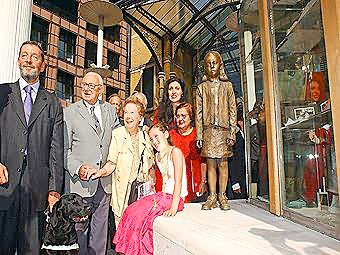
Prominent Kindertransport children include Dr. Ruth Westheimer (American therapist and sex expert), Baron Alfred Dubs (British politician), Michael Steinberger (American music critic), Lily Renée Wilhelm (a pioneering woman in the comic book industry), and four Nobel prize winners.
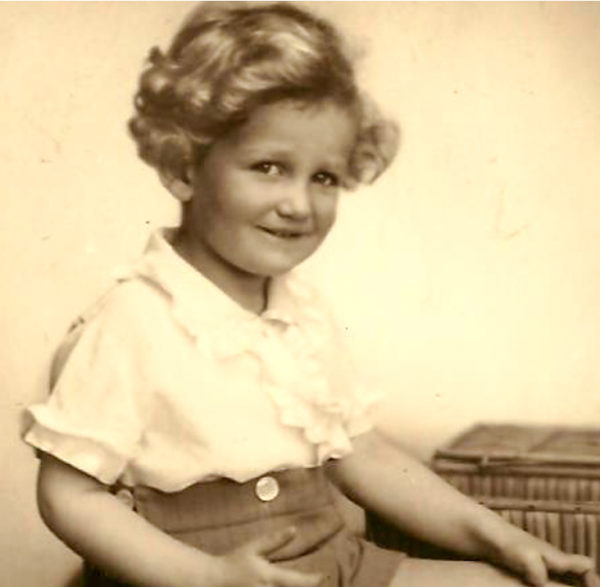
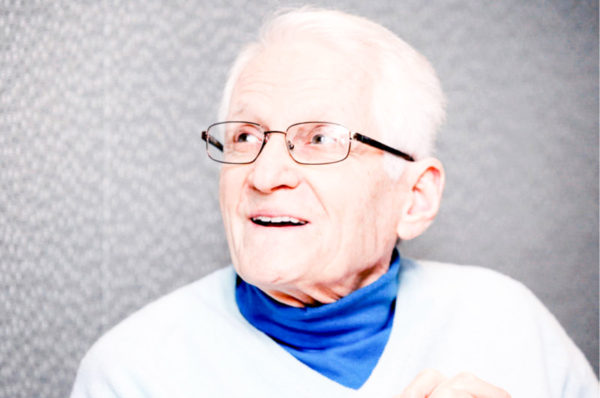
In February 1988, the BBC television program, “That’s Life,” invited Winton to be in the audience. His scrapbook was brought out and the program host asked anyone in the audience who owed their lives to Winton to stand. More than a dozen men and women stood up. Then the host asked for the children and grandchildren to stand. The entire audience was now standing and applauding Nicholas Winton.
Click here to watch The Story of Nicholas Winton BBC That’s Life, but be warned, have a tissue ready.
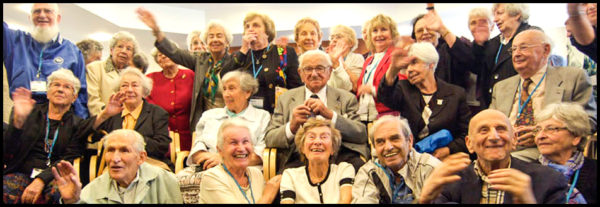
Celebrity Status
Like most men and women who served in and survived World War II, Winton and the others considered it their duty to act the way they did and once the war was over, they moved on with their lives without asking for or accepting any gratitude.
Today we see entertainers, politicians, and celebrities like the Kardashians, or the Real Housewives of Hollywood elbow their way into our lives as though it has any real meaning to us. Once you start reading the stories of people like Sir Nicholas, it gives you a greater appreciation of what a true celebrity is.
✭ ★ ★ Learn More About Kindertransport and Mr. Winton ★ ★ ★
Emanuel, Muriel. Nicholas Winton and the Rescued Generation: Save One Life, Save the World. London: Vallentine Mitchell, 2001.
Harris, Mark Jonathan and Deborah Oppenheimer. Into the Arms of Strangers: Stories of the Kindertransport. New York and London: Bloomsbury Publishing, 2000.
Smith, Edward Abel. Active Goodness: The True Story of How Trevor Chadwick, Doreen Warriner & Nicholas Winton Saved Thousands from the Nazis. Valencia, Spain: Kwill Books, 2017.
Winton, Barbara. If It’s Not Impossible…. The Life of Sir Nicholas Winton. Leicester: Troubador Publishing, 2014.
Sir Nicholas Winton Memorial Trust Click here to visit the web-site.
Disclaimer:
There may be a chance that after we publish this particular blog, the video links associated with the blog are no longer accessible. We have no control over this. Many times, whoever posts the video has done so without the consent of the video’s owner. In some cases, it is likely that the content is deemed unsuitable by YouTube. We apologize if you have tried to access the link and you don’t get the expected results.
What’s New With Sandy and Stew?
We are days away from turning the final manuscript of Where Did They Put the Gestapo Headquarters? over to Roy, our book designer. It will be about four weeks later that we would be ready to print the book and have it available for sale. The editing process has been quite laborious compared to past books.
I am confident that once you get the book in your hands, you will not be disappointed.
Thank you to all of you who subscribe to our bi-weekly blogs. It seems there isn’t a day that goes by where we don’t increase our readership. Please let your history buff friends and family members know about our blog site and blogs.
Someone Is Commenting On Our Blogs
I’d like to thank Pat V. for alerting me to the fact that her father, former Squadron Leader Stanley Booker MBE, was recently honored by the French government with the Chevalier, Ordre national de la Légion d’honneur, or the Legion of Honor in recognition for his service toward the liberation of France. (You can read about Mr. Booker and the other 167 downed Allied airmen in our blog, The Last Train Out of Paris, click here to read.)
The Legion of Honor is restricted to French nationals. However, foreign nationals who have served France or the ideals it upholds are eligible. Mr. Booker joins fellow World War II heroes and Legion of Honor recipients such as Maj. Benjamin Cowburn, MC, Wing Commander Forest Yeo-Thomas, GC, MC, and Flight Lieutenant Anthony Noble Frankland, CB, CBE, DFC.
Congratulations Mr. Booker!
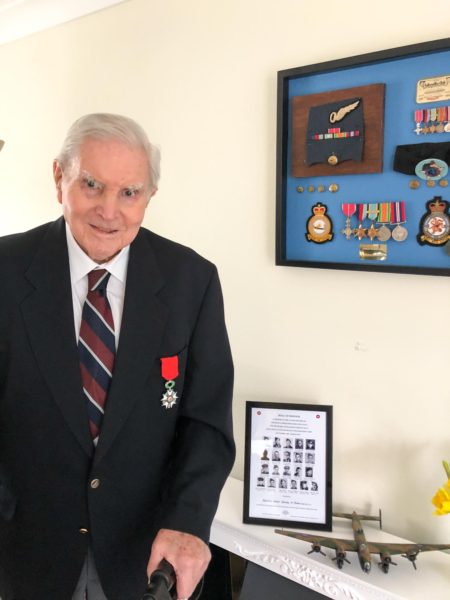
Click here to watch an interview with Stanley.
If there is a topic you’d like to see a blog written about, please don’t hesitate to contact me. I love hearing from you so keep those comments coming.
Why Would You Want to Buy Our Walking Through History Books?
Simple.
You like to travel and experience history and historical events. You like to see original buildings that had a significant impact on the people and events of the history you’re engaged with. You want to know the stories behind the brick and mortar in front of you.
The walking tour books are meticulously researched so you can go directly to those sites and learn about the building’s history as well as an introduction to some of the more interesting people associated with it.
We Need Your Help
Please tell your friends about our blog site and encourage them to visit and subscribe. Sandy and I are trying to increase our audience and we need your help through your friends and social media followers.
Thank You
Sandy and I appreciate you visiting with us. We have some exciting things on the horizon, and we’ll keep you updated as we go along.
Share This:
Follow Stew:
Find Stew’s books on Amazon and Apple Books.
Please contact Stew directly for purchase of books, Kindle available on Amazon. Stew.ross@Yooperpublications.com or Contact Stew on the Home Page.
Please note that we do not and will not take compensation from individuals or companies mentioned or promoted in the blogs.
 Walks Through History
Walks Through History
Copyright © 2021 Stew Ross






Thanks so much for reposting such an uplifting story. Wishing you and Sandy good health AND travels in 2021!
Hi Phyllis, good to hear from you. Thank you for your comments on the blog. We had a lot of interest in the first blog I wrote about the Kindertransport so I decided to expand on the story and re-publish the blog. It’s a wonderful story that rises above all the misery of World War II and in particular, Hitler and the Nazis. STEW
I was just curious after reading this why Trevor Chadwick was never recognized and given the title of Righteous Among the Nations for his multiple efforts traveling too and from Europe to help save those children in Nazi occupied territory, seems like he was overlooked. I’m asking for obvious reasons…..
Hi Mark; Thank you for contacting us regarding the blog and Trevor. Honestly, when I wrote the blog (which briefly mentions Trevor), my research was concentrated on Sir Nicolas and not the others. However, after receiving your e-mail, I did some checking into Trevor. Both Winton and Chadwick never talked about their wartime activities. It wasn’t until the television show that the world became acquainted with Winton and the Kindertransport. Even Sir Nicolas admitted that Trevor played a more important (and dangerous) role in the Kindertransport. Winton was nominated for the Righteous but was declined due to his family’s Jewish heritage. I found some evidence that one of the children saved by Trevor, a Gerda Mayer, may have nominated Trevor for the honor. Why he was never named as Righteous Among the Nations is not clear. There are very definitive rules that Yad Vashem follows for bestowing that honor. It doesn’t seem as though he “broke” any of the rules. Maybe no one ever pushed hard enough? If you contact Yad Vashem, perhaps they can shed some light. Is it time for a second try? Anyway, thanks again for the e-mail. I appreciate you subscribing to our bi-weekly blogs. I’m thinking a future blog should highlight Trevor Chadwick. STEW